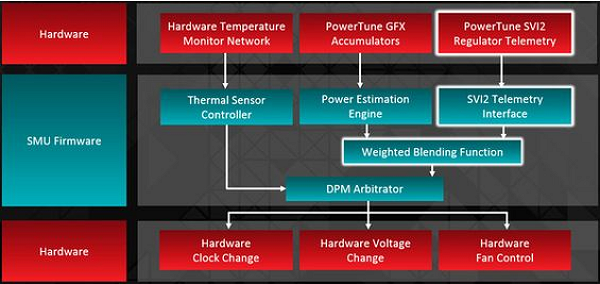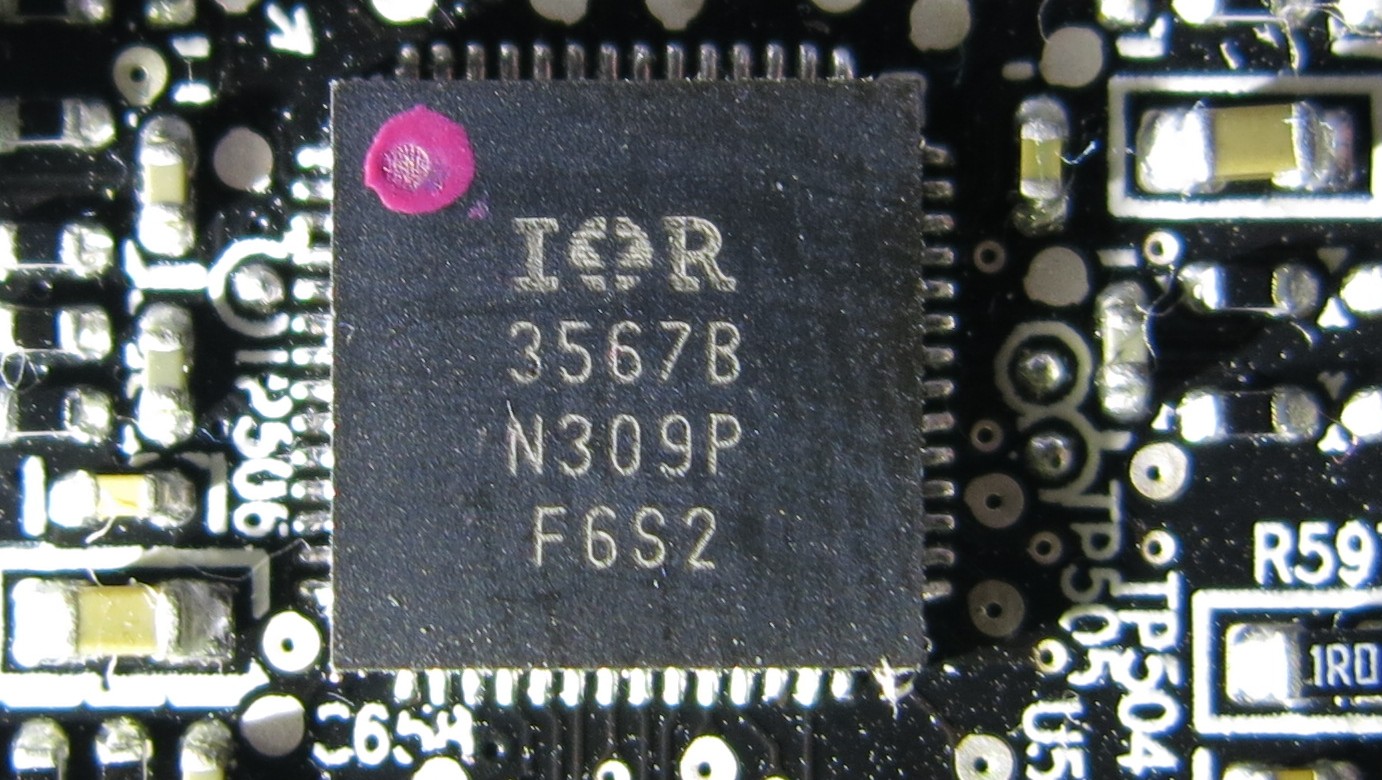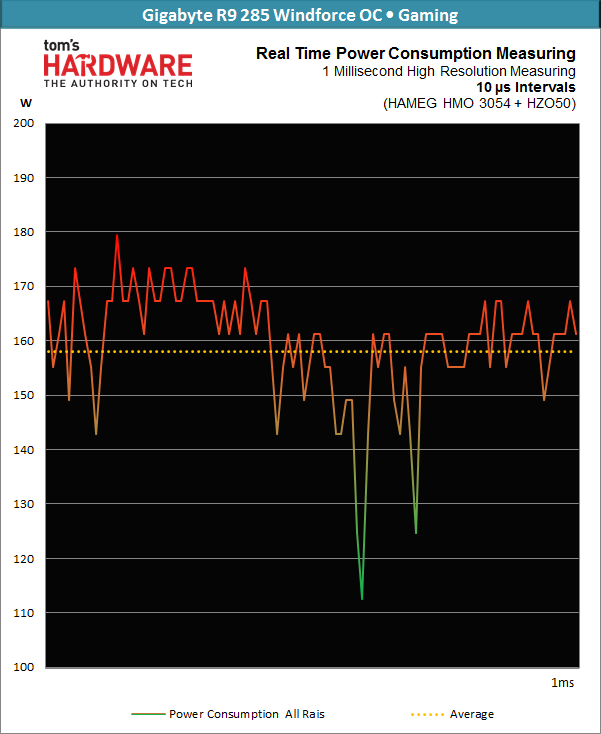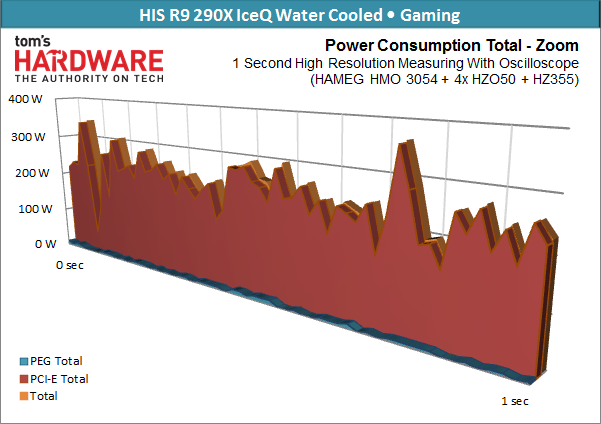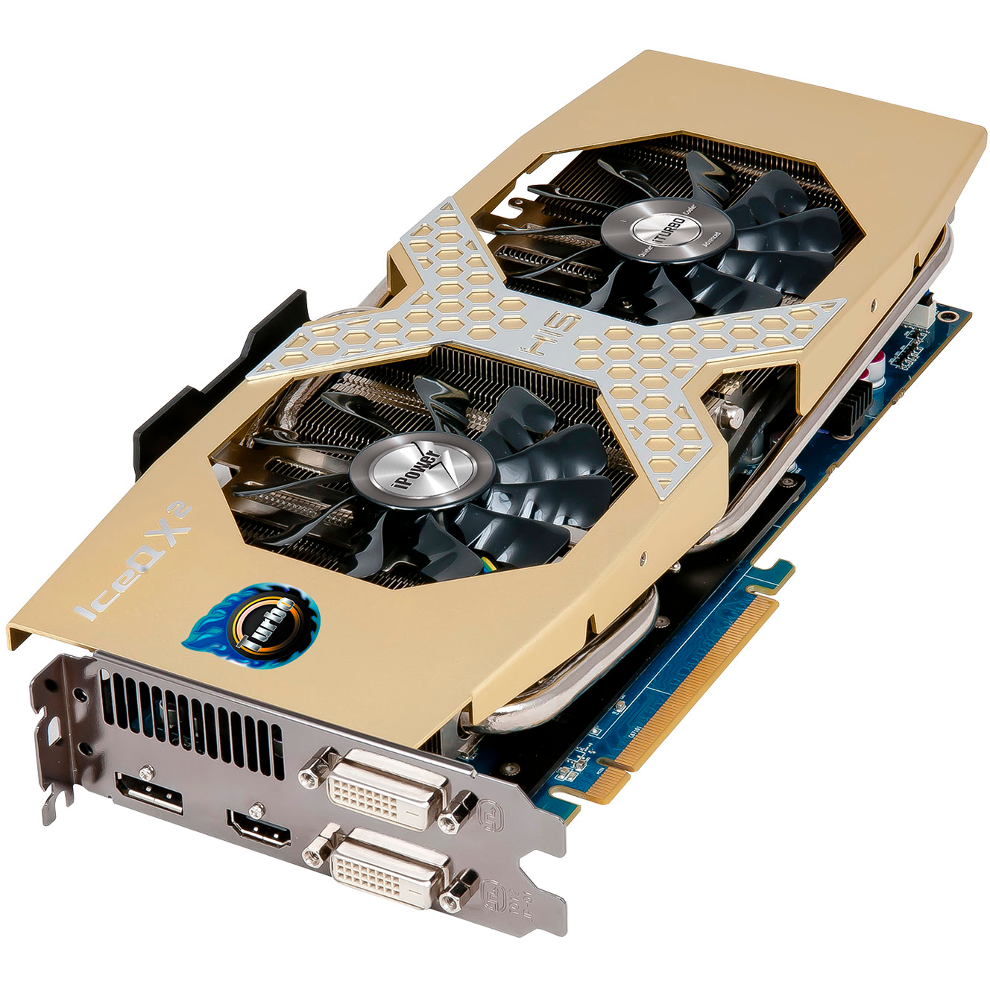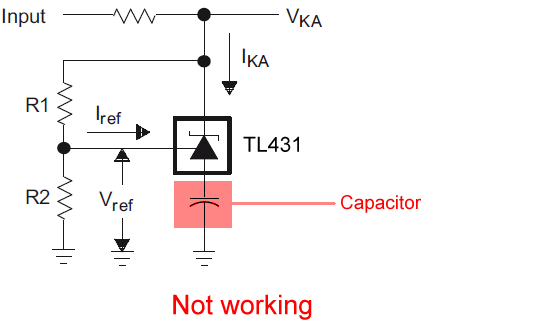The Math Behind GPU Power Consumption And PSUs
Graphics Cards And Their Power Consumption Tricks
Changing Times: Load Spikes
Graphics cards aren’t the reliable “consumers” that they were a few years ago. This is due to how AMD and Nvidia are trying to increase efficiency, including the tricks they're using to get there. To simplify the explanation, I'm choosing AMD and its PowerTune technology as our example. Nvidia’s GPU Boost encounters the same issues, since its implementation and consequences are very similar to AMD’s.
So why are AMD and Nvidia going to all of this trouble? The idea is to adjust the GPU’s power consumption in real time depending on dynamic measurements of actual demand. In that way, the hardware doesn’t consume any more power than it really needs, similar to not driving your car at the engine's redline. Instead, you just shift to a higher gear and cruise along.
My analogy might not be perfect, but it does point you in the right direction. With PowerTune, AMD’s created a very complex scheme with many moving parts that keep influencing each other. The same goes for Nvidia’s GPU Boost technology. So, how does this really work if you go all the way down to the proverbial nuts and bolts?
Telemetry, Like In Formula 1
AMD’s PowerTune always starts by estimating the power consumption in real time, querying the thermal sensors and accounting for the telemetry data received from the voltage regulators. These values are transmitted to the pre-programmed power management arbitrator.
This arbitrator knows the power, temperature and current limits of the GPU (BIOS, driver). It controls all voltages, clock rates and fan speeds within these limits to try to maximize the graphics card’s performance. If even one of the settings is exceeded, the arbitrator can reduce the voltage or frequency.
The basic idea is to adjust operating parameters based on the actual power consumption needed in very short time intervals (nearly real-time) with the help of suitable voltage regulation circuits like the IR 3567B. AMD is currently on the second-generation SVI2 protocol, which is used by its most common ICs and APUs. These add and include control over the processor part via the northbridge.
But how short are the intervals in practice? In the past, there was a relatively long delay between the request for a higher voltage and the clock frequency adjustment based on it. AMD’s second-generation SVI2 moves the dot approximately two digits to the right, which is to say that it reacts in 10 µs instead of 1 ms. It also features much finer adjustments than its predecessor with 6.25mV steps.
Get Tom's Hardware's best news and in-depth reviews, straight to your inbox.
Let’s take a look at a single short millisecond taken from an AMD Radeon R9 285 under load:
Unleash The Spikes: Load Spikes Like There’s No Tomorrow
If you’ve followed along so far, you might already have a bad feeling about what all of this means. A graphics card’s average power consumption really isn’t any different than a car's. If your vehicle has a real-time gauge integrated in its trip computer, and you looked down at it while driving around, then you know what I’m talking about. Some of the peaks can be massive, though they don't mean the trip computer is wrong. Their estimates are very accurate these days, and the massive peaks actually do exist.
The load peaks produced by the fast voltage changes pose a new set of challenges for high-performance graphics cards' power circuits. This also has some major implications for the design of PSUs.
The short introduction already shows that both AMD and Nvidia are able to stick to their self-prescribed TDP limits within very small tolerances. Should a measurement show that a graphics card is well above it, then either the measurement technology wasn’t up to the task or the graphics card is defective.
As we’ve seen in the past, sometimes a board partner will actually build in a “defect” (check out the circuit diagram below). We’ll go with what we’re most likely to encounter in practice.
Let’s put our heads together and come up with ways to measure this kind of fluctuating power consumption that allow for exact results and evaluation. It's a necessary step because the new technologies create a challenge for the reviewers interested in accurate measurements, and their readers who need to trust the data. Most traditional methodologies only provide a snapshot, which can be so far from reality that they're a biased estimate at best and, at their worst, completely wrong.
Any ideas for a good solution? Let’s begin our search on the next page.
Current page: Graphics Cards And Their Power Consumption Tricks
Prev Page Setting A New Standard For Power Measurement Next Page Power Consumption Measurement: Required Technology
Igor Wallossek wrote a wide variety of hardware articles for Tom's Hardware, with a strong focus on technical analysis and in-depth reviews. His contributions have spanned a broad spectrum of PC components, including GPUs, CPUs, workstations, and PC builds. His insightful articles provide readers with detailed knowledge to make informed decisions in the ever-evolving tech landscape
-
Vorador2 Man, everytime i'm truly fed up with Tom's posting news that read as press releases, and badly written opinionated pieces, a jewel of a deeply researched original article shows up.Reply
Thanks for reminding me of the reasons i started reading Tom's Hardware. -
FormatC It is always difficult to break down the complex content to find an understandable level for all. We may lose a lot of information by this way (and some experts and nitpickers will kill me) or write boring and extra dry stories for a handful of readers without simplifications. It is always hard for us to find a good compromise.Reply
This equipment, shown in the review, is a good basement for a lot of other in-dept reviews in Germany, like the efficiency analysis of Nvidias GeForce GTX 970. You simply need exact numbers to do this. :D
I've also visited PSU manufacturers in Asia this year and this VGA-PSU problem is now more in focus...
But all this are another stories and I hope, that we get for all this more translation capacity here in US/UK. If not: it is a good reason to learn German :D
-
gofasterstripes Tom's Hardware delivers another piece of technical journalism at the gold standard.Reply
Well done to all involved, thank you. -
s3anister This was an excellent read; thank you for the incredible amount of work done for this article.Reply -
justin2003jclc Hi Toms Hardware,Reply
Can you clarify on your rule number3 ? Do you means that most of the PC PSU in the market are linear power supply when you mention about analog? Do you mean that there is only minorities of PC PSU available in the market are using switching power supply design? -
This is GOLD! Kudos to Igor for writing such a superb article. I hope he makes all the PSUs he reviews, undergo the same tests. Can't wait for his PSU reviews :)Reply
-
pecul1ar Congratulations on finishing this year long experiment, and thank you for sharing us your findings. This must have lifted a load off your shoulders..Reply
Oh, so this was translated? Thank you for that as well :) -
NoShot So, my take away from this is my PC builder (will not name here but is one of the larger ones offering custom builds) mislead me on their configuration setups when they said a Corsair RM850 PSU would be fine for a r9 295x2 and a i7 4970k. Not surprisingly, I am having random issues with this build where the 29 295x2 would only activate one GPU after system reboot or awake from sleep mode. I was thinking it was a driver issue, but looks like I need to drop a couple hundred dollars on a replacement PSU.....great. Genuine thanks for the article though.Reply
